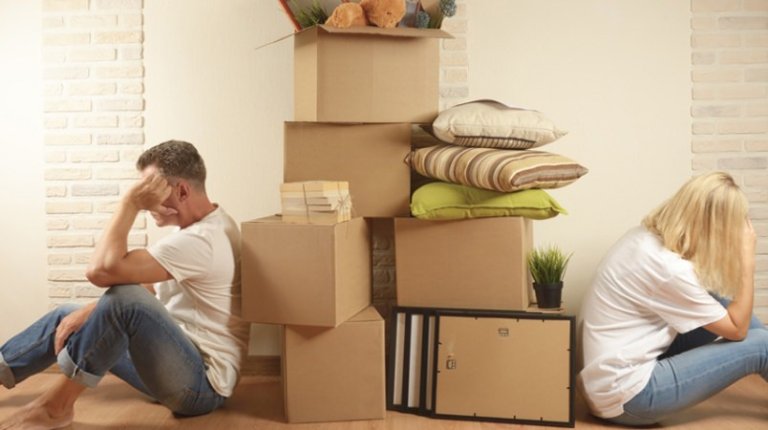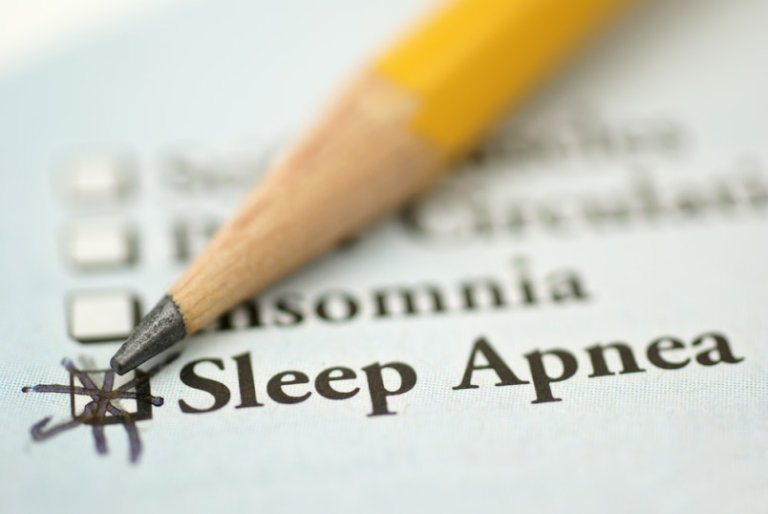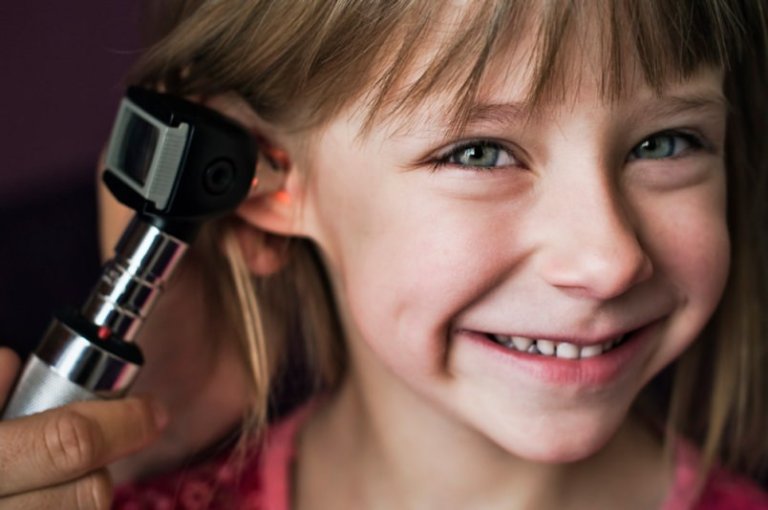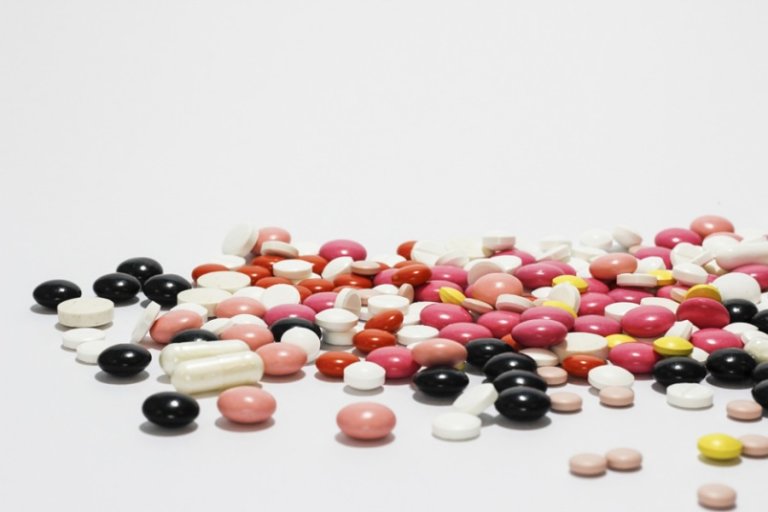Back
How To Treat COVID-19 At Home


If you've been infected with COVID-19 and live alone, avoiding contact with other people is the best way to prevent the spread of disease in your community. However, if you live with family, roommates, or a partner, complete self-isolation might not be possible.
The Government of Canada advises anyone with COVID-19 to stay at home unless absolutely necessary and to stay in a separate room and use a separate bathroom from others in your home, if possible.
If you need to be in contact with others, keep at least two metres between yourself and the other person. Interactions should be brief and you should always wear a mask. Do not share personal items with others, such as toothbrushes, towels, bed linen, utensils or electronic devices.
All surfaces that you touch often, like toilets, bedside tables, doorknobs, phones and television remotes, should be cleaned and disinfected daily. Household cleaners work, or you may use diluted bleach (one part bleach and nine parts water) to disinfect. Put the lid of the toilet down before flushing.
You should ensure that you get plenty of rest, eat a balanced diet and stay in touch with others through communication devices. With this in mind, if your symptoms get worse, immediately contact your health care provider or public health authority and follow their instructions.
Caring for someone with COVID-19 at home
If you're caring for someone with COVID-19, the government states there are also a few things to keep in mind. First, only one healthy person should provide care. This means that people who are at higher risk of serious illness from COVID-19 should not care for someone with COVID-19. These people include elderly persons, those with chronic medical conditions (e.g., heart disease, diabetes) or compromised immune systems.
Other ways to protect yourself:
- If you need to be within 2 metres of the ill person, wear a mask, disposable gloves and eye protection.
- Wear disposable gloves when touching the ill person, their environment and soiled items or surfaces.
- Do not re-use masks or gloves.
- Clean your hands often for at least 20 seconds, especially after contact with the ill person and after removing gloves, masks and eye protection.
- Dry your hands with disposable paper towels.
- If not available, use a reusable towel and replace it when it becomes wet.
- You can also remove dirt with a wet wipe and then use an alcohol-based hand sanitizer.
- Avoid touching your eyes, nose and mouth with unwashed hands.
After contact with an ill person, monitor yourself for 14 days. However, if you've had direct contact with body fluids of the ill person (e.g. were coughed or sneezed on when you weren’t wearing a mask), contact your local public health authority for further instructions.
The B.C. Ministry of Health has developed a new assessment tool for people who aren't sure if they require further testing or assessment for COVID-19.
Launched on Monday, March 16, the free online tool may be completed for yourself, or on behalf of someone else, if they are unable to.
By: North Shore News
GuidedBy is a community builder and part of the Glacier Media news network. This article originally appeared on a Glacier Media publication.
Topics
Related Stories
-
Healthcare
5 Stretch Exercises to Ease Your Back Pain
Back pain is problematic for many people, and it may be especially cumbersome for individuals who work from home on their...
-
Healthcare
How To Social Distance Like A Superstar
Social distancing is one of the most effective ways to contain the spread of COVID-19. While specific restrictions on what...
-
Healthy Living Vancouver
How To Be Ultra-Productive While Working Remotely
Canadians across the country set up laptops and cellphones to work from home on Monday to avoid COVID-19. While it’s a new...
-
Healthcare Vancouver
B.C. research suggests no mental health benefits to eating your placenta
A new study published May 2 has suggested there are no mental health benefits to eating your placenta. The new research...
-
Healthcare Burnaby
B.C. residents find moving home more stressful than starting a family: poll
Ahead of the what has been deemed the busiest moving day of the year, Sunday June 30, BigSteelBox has released the results of...
-
Health & Wellness Coaches Vancouver
Simple tips to master anxiety
In previous columns, we explored how anxiety is an essential human emotion even though it can hold us back from enjoying our...
-
Healthcare
Women and sleep apnea: Erring on the side of caution
Sponsored Content While it may seem that snoring is more akin to men, that does not dismiss women from the dangers of sleep...
-
Health & Wellness Coaches Burnaby
Healthwise: Battling your false sense of self
What might be the root cause of the great problems of the world: poverty, homelessness, crime, violence, war, racism,...
-
Healthcare Richmond
This Mother’s Day, give mom the gift of excellent hearing
Sponsored Content Roses are red, violets are blue, but hearing clearly may be the best gift a loved one could give you! This...
-
Chiropractors New Westminster
Shockwave therapy can aid chiropractic and physio treatments
Sponsored Content Royal City Health & Manual Therapy clinic offers a full range of healthcare treatments, including...
-
Healthcare New Westminster
Sleep apnea: Is there a cure?
Sponsored Content Sleep apnea is a common breathing disorder that, when untreated, can have severe health and safety...
-
Healthcare New Westminster
Healthwise: Take a proactive approach to care
We do many things out of habit (because that’s the way we’ve always done it) or convention (because that’s what everyone else...
-
Health & Wellness Coaches Vancouver
OLDER AND WISER: Knowing the symptoms of a stroke could save a life
Heart disease and stroke are not to be trifled with. Heart disease is one of the leading causes of death in Canada and one...
-
Healthcare North Vancouver
North Shore counsellor offers integrative approach
Sponsored Content If you’ve ever suffered from a condition like depression, anxiety or post-traumatic stress disorder (PTSD),...
-
Health & Wellness Coaches New Westminster
Be careful. Some online nutrition advice is just plain goofy
My son is 13 and I have noticed he’s devoting more attention to his appearance. He recently asked me for a couple of spoons...
-
Health & Wellness Coaches Burnaby
Healthwise: Are you a winner in life's lottery?
I have a funny habit of buying the occasional lottery ticket and not checking the numbers, knowing full well that winning...
-
Healthcare Richmond
This Mother’s Day, give mom the gift of excellent hearing
Sponsored Content Roses are red, violets are blue, but hearing clearly may be the best gift a loved one could give you! This...
-
Health & Wellness Coaches Prince George
Create a daily routine that will lead to real change
If you're not seeing progress when comes to your weight-loss and lifestyle goals, it’s time to check up on your daily routine....
-
Health & Wellness Coaches Vancouver
Opinion: Those harmless nose sprays can make you dependent
When physicians prescribe medications to you, we have a duty to provide sufficient information for you to make an informed...
-
Healthcare Coquitlam
Seeing you through: Why choosing Basic Eyewear Optical is your best fit
Sponsored Content Your glasses may say a lot about you, but it’s your lifestyle that says even more about your glasses....
-
Health & Wellness Coaches Vancouver
10 simple ways to make 2017 your healthiest
Great news — being vibrantly healthy can be simple. Not easy — effort is required — but simple. The following tips can help...
-
Denturists Coquitlam
Important Health Reasons for Denture Check-ups
While dentures don’t grow and shrink like everything else in our mouths, they still need to be checked over by a registered...
-
Health & Wellness Coaches Vancouver Island
Ten Zen ways to find meaning in life
How do I make sense of my life? Is this all? What can I do about the maelstrom of feelings, ideas, habits, blind spots, and...
-
Healthcare Vancouver
Family doctors need to treat their patients like, well, family
In the office of my family practice, hidden from the view of patients, is a sign along the edge of the counter for my staff to...
-
Healthcare Richmond
Richmond’s got a new hearing clinic
Sponsored Content Should I make a career as a university teacher or a hearing specialist? That’s the question that faced...
-
Healthcare Vancouver
Here are some non-prescription drugs that can still harm you
Mexico has a drug problem, but it’s not all related to narcotics and gangs. At pharmacies there, you can get a variety of...
























